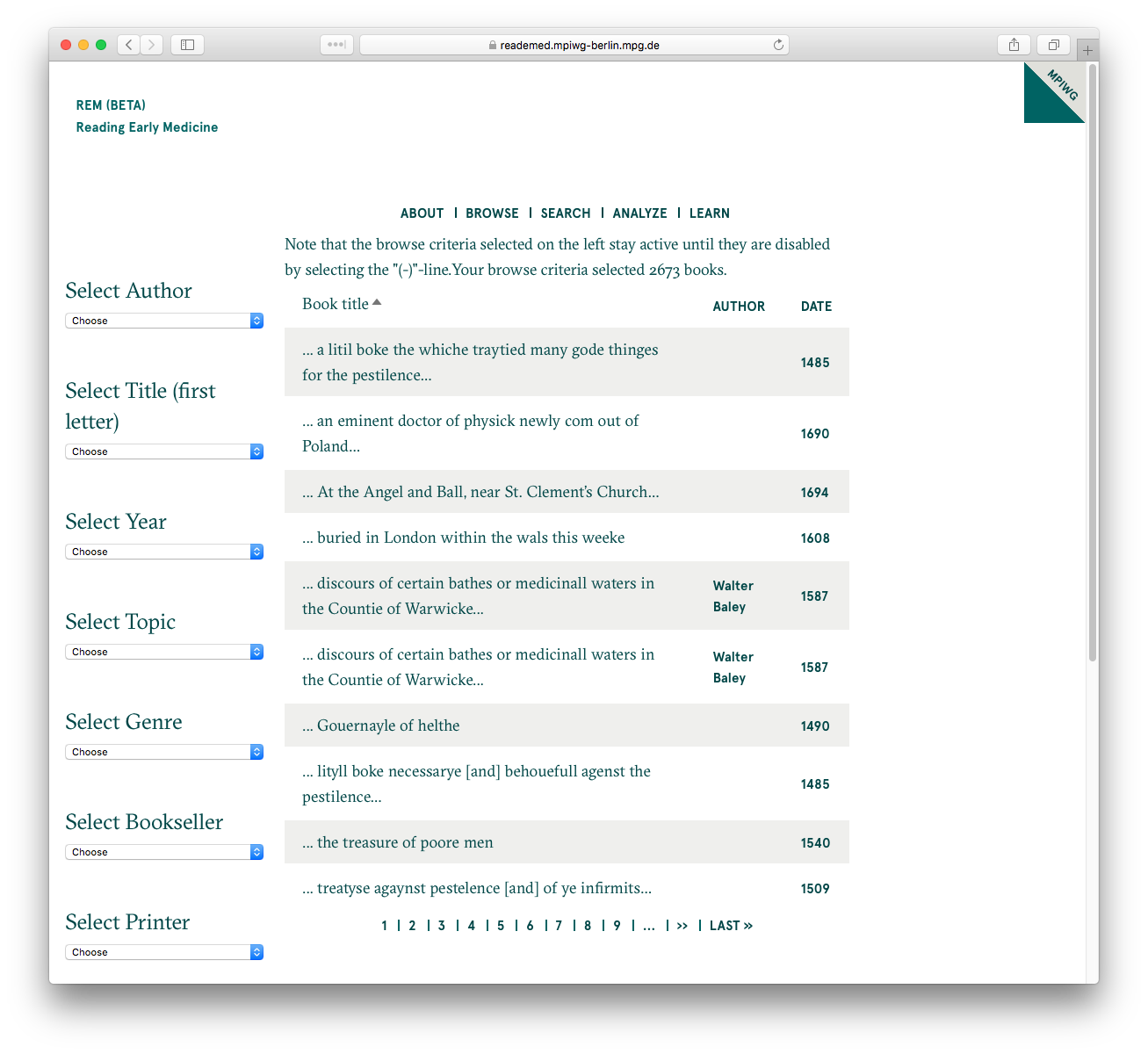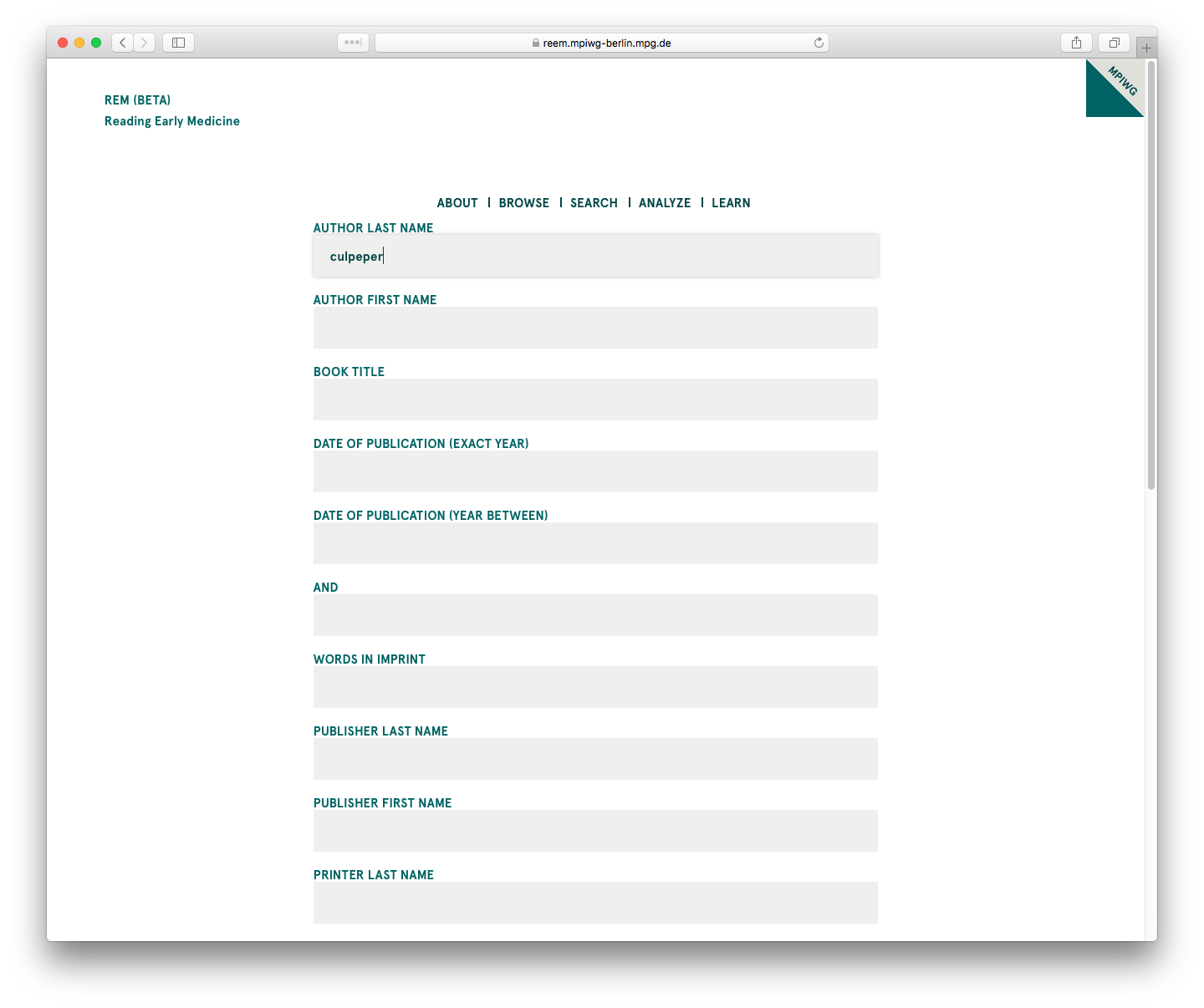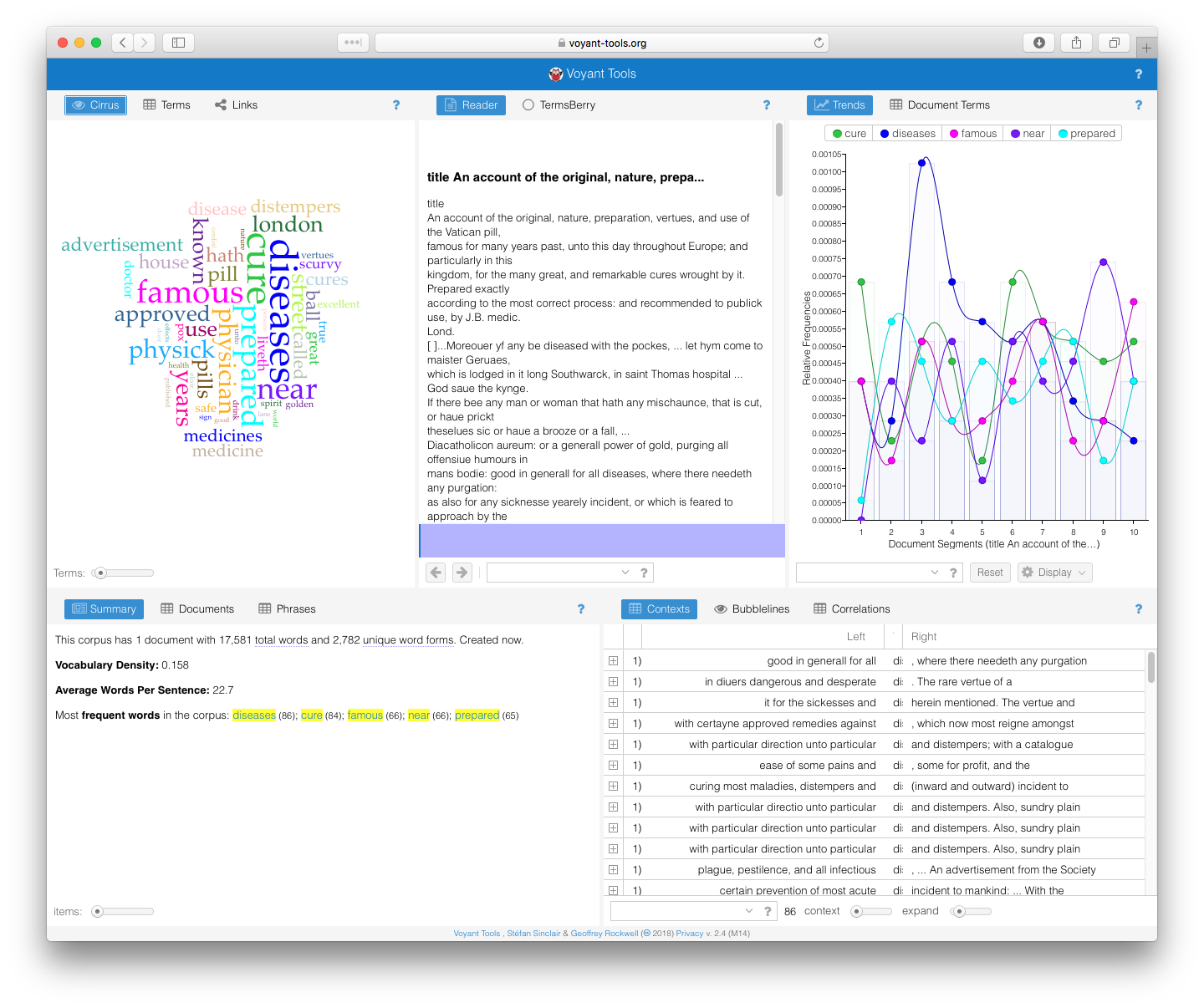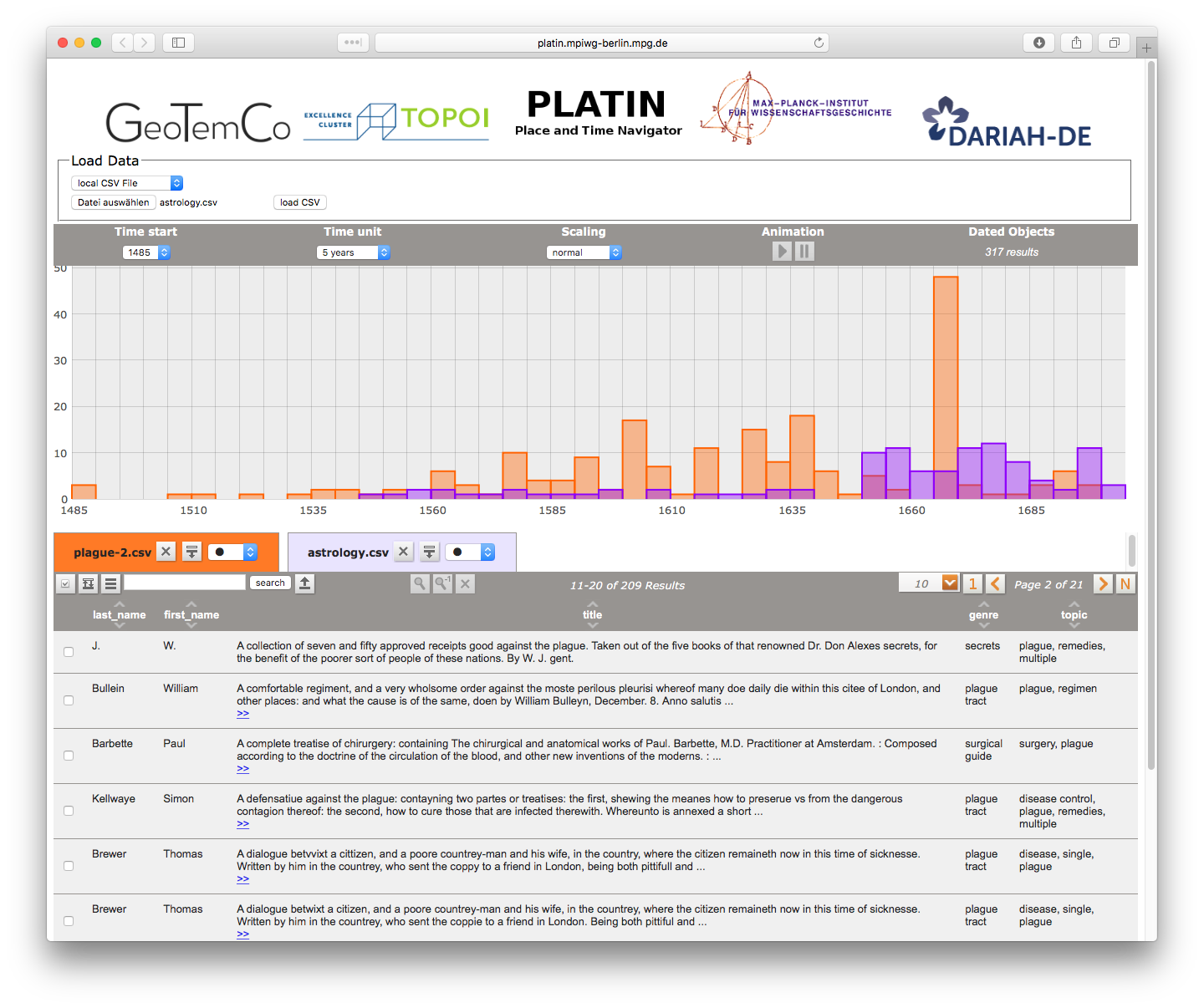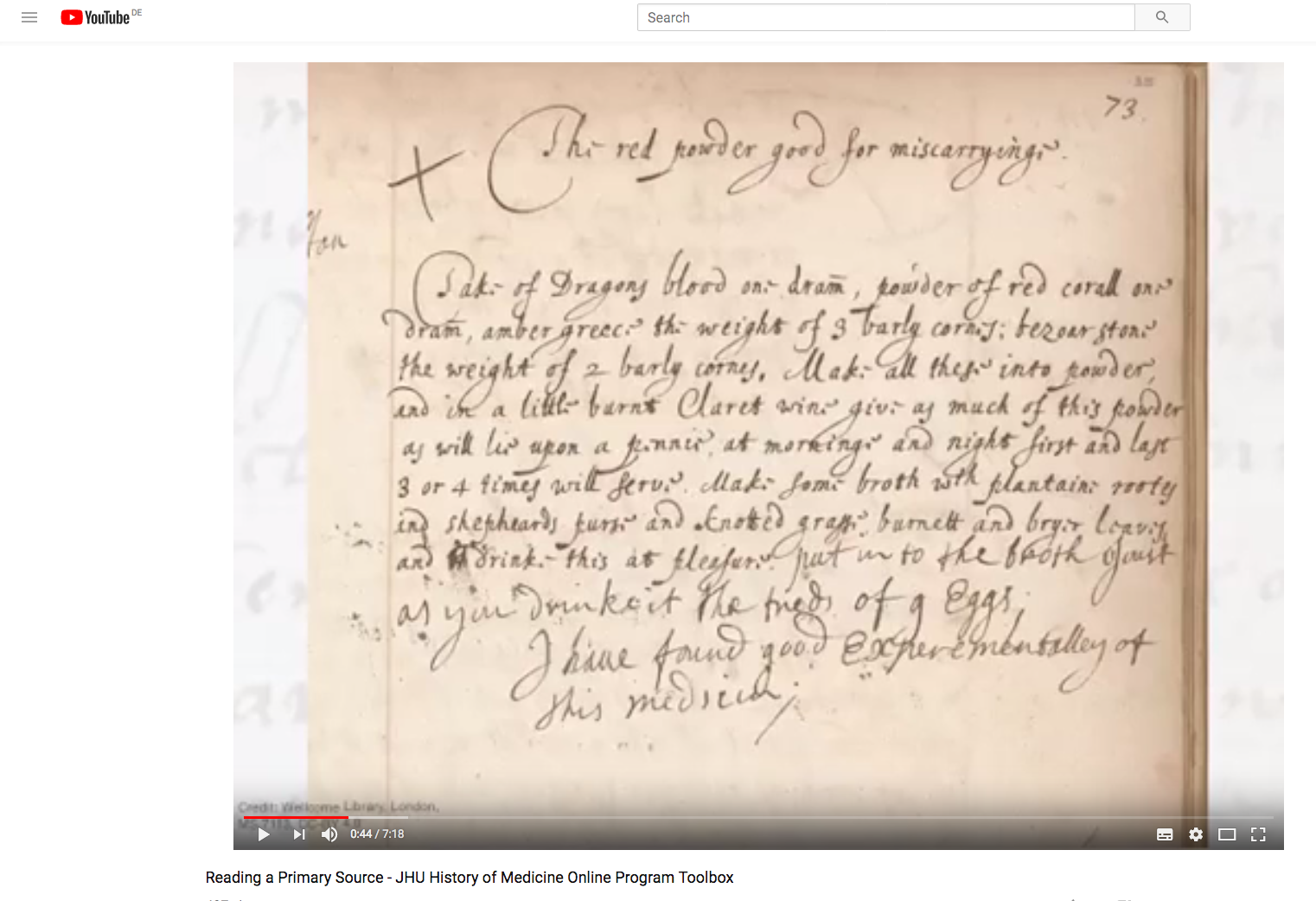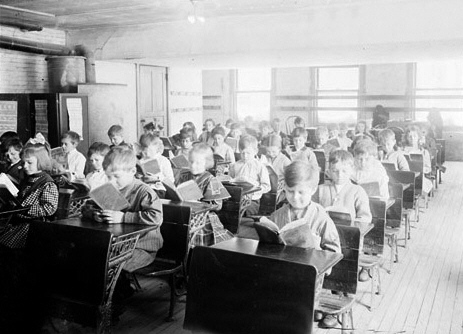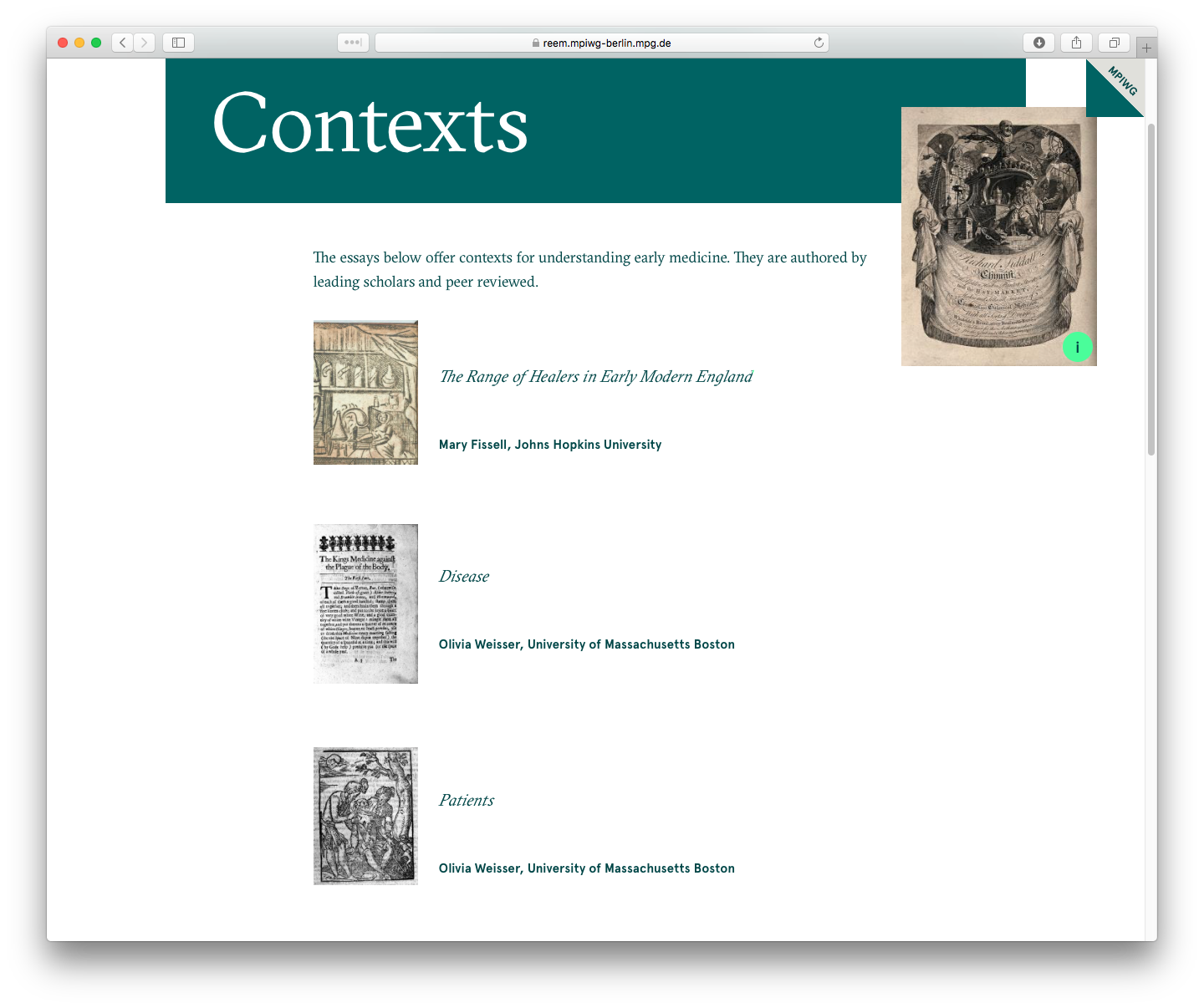This project aims to introduce students and researchers to the richness that is early medicine (ca. 1480-1700). Health and healing encompass many aspects of the human condition — we all get born, live in our bodies, get sick, and ultimately die. Medical works provide moments of high drama, as in epidemics, and quieter ones, as when a midwife sits for hours by the bed of a laboring woman. Reading individual sufferers’ experiences creates an immediacy that makes the distant past real. Seeing how healers treated patients at the bedside provokes reflections upon clinical encounters today. Understanding a society’s responses to epidemics tells us much about values and politics. Medical works provide context and insight into figures of speech and twists of the plot; to say “a plague on you” was a powerful curse when that ailment carried off thousands in a matter of days. Such texts are crucial primary sources for analyzing gender, sex, and the body in the past, especially in the early modern period when healers’ medical knowledge was often not so very different from that of their patients.
Reading Early Medicine is designed to help students, teachers, and researchers access and interpret early writings on health and healing. We’ve built a robust bibliographic database of all works on health and healing published in English from the dawn of print until 1700 — over 2500 titles — and developed tools to help students and teachers understand those texts (more on the database). We’ve defined health and healing broadly (as did early modern people!) to help readers find texts of interest (definitions used). The project does not include the texts themselves, rather there are links to information about digital facsimile copies, both those behind a paywall, and a smaller number freely available.
Our goal is to foster a community; to that end our project supports and enhances research and teaching in early medicine. Researchers can search through our assembled corpus and download datasets sorted by “genre” and “topic”. A suite of visualization tools, including Platin, Palladio and Voyant, foster new research questions and perspectives. Our site includes introductory essays, syllabi and classroom exercises that can be incorporated into teaching in a range of ways. The site will continue to grow as strong student essays will be posted to the site, and will become fully available via search terms. If, for example, a teacher creates an assignment in a book history class in which students’ research individual printers or publishers, successful essays can be incorporated into the database, enriching the current entries. So too, the site fosters connected classrooms, so that students in courses taught simultaneously can collaborate digitally and enhance their learning.
